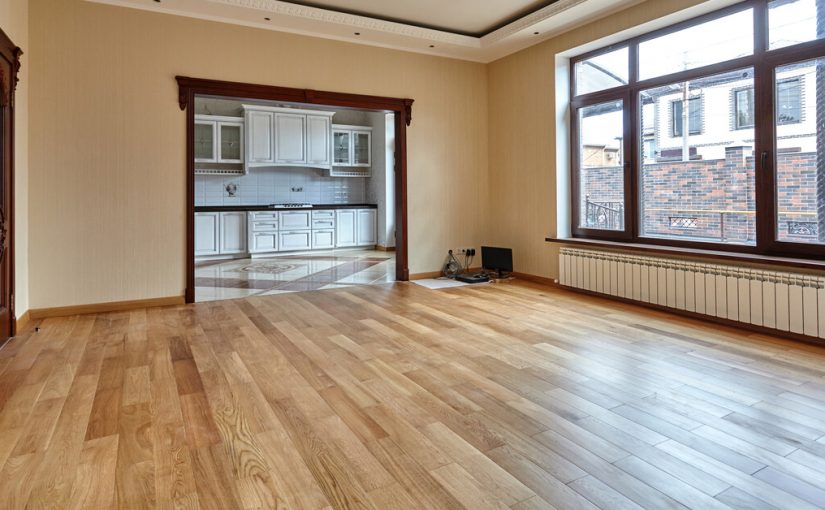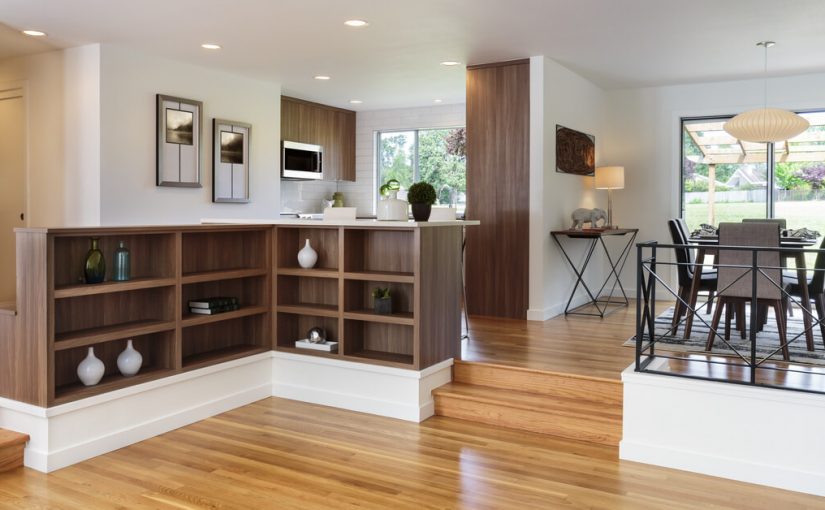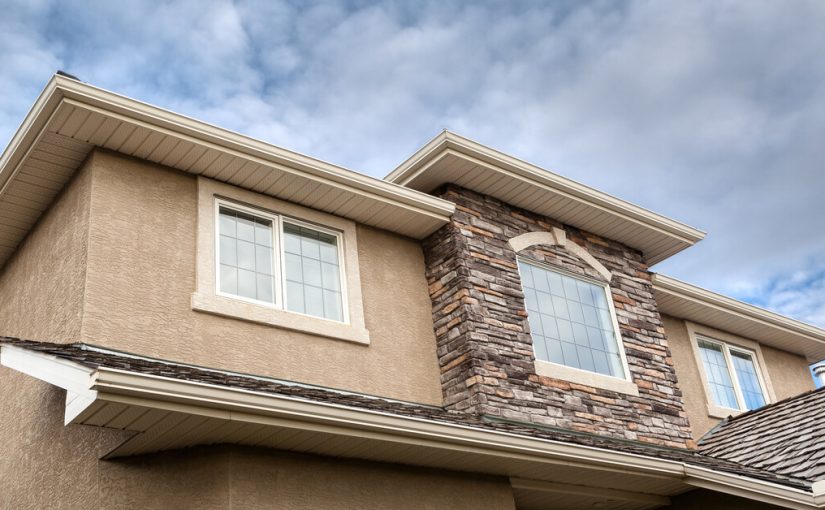(3.5-min read)
Wood flooring is all the rage these days and for a good reason. Wood floors give a traditionally handsome look to any space while allowing for sleek modernity that many crave. However, when trying to decide whether to go for traditional solid wood, engineered wood, or entirely artificial “wood,” there are many good reasons for each and many more options. Let’s take a look at some of the options and the preferred choice depending on the room or scenario.
Solid Wood Flooring: When to Go Real
There’s nothing quite like the look and feel of a genuine solid wood floor. What do we mean by “solid” wood? This means that the wood pieces are each one piece of solid hardwood — no filler woods or any other funny business. These are what you’ll usually find in older houses that give it that charm of yesterday. While the most handsome of the floors, they are typically the most expensive as well as temperamental. Solid hardwood floors require installation on a plywood subfloor, making the height of baseboards, connecting rooms, and swinging door heights a potential issue. Connecting tile floors or carpeted areas may not sit flush with this heightened floor. Still, solid wood is among the most aesthetically pleasing of all of the hardwoods when installed correctly and without issue. They can be re-sanded and re-finished over the years to keep them looking great for generations.
Engineered Wood Flooring: Meeting in the Middle
Many claim that there’s no comparison to a solid wood floor. Despite this, engineered wood floors are right on their heels in terms of aesthetics while blowing them out of the water in terms of maintenance. Engineered wood floors come in lengths with a top layer of hardwood sitting on top of plywood support. This plywood support almost acts as a built-in subfloor, allowing for a dramatically more straightforward installation process. These panels are also much less resistant to water damage thanks to a coating applied during the engineering and manufacturing process. Building a new home? Engineered wood flooring is probably the most popular wood flooring choice for new home construction due to its low maintenance, ease of installation, and increased resilience against water damage. This style of wood flooring comes in a range of sizes and styles.
Artificial Wood Flooring: Completely Fake
There are instances when one would like the look of wood flooring, but either maintenance or cost simply won’t allow it. For these occasions, artificial wood flooring is an easy solution. Artificial wood flooring contains no actual wood, only either an image of wood grain or a grain-like pattern on another form of flooring — typically vinyl, ceramic, or porcelain tiles. These styles are especially popular in areas of the home that have a higher likelihood of getting wet such as entryways, kitchens, bathrooms, or basements. Some even use porcelain wood-like flooring outside due to it being nearly impervious to water.
Still not sure? Let us help.
If you’re building a house, but can’t decide on materials for different sections, the Tulsa-based home construction experts from Perry Hood Properties can help.






